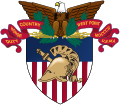
The United States Military Academy (USMA), also known metonymically as West Point or simply as Army, is a United States service academy in West Point, New York. It was originally established as a fort, since it sits on strategic high ground overlooking the Hudson River 50 miles (80 km) north of New York City. It is the oldest of the five American service academies and educates cadets for commissioning into the United States Army.
Eleazer Derby Wood was a Colonel and American Army officer in the War of 1812. Fort Wood, which became the base of the Statue of Liberty, was named in his honor.
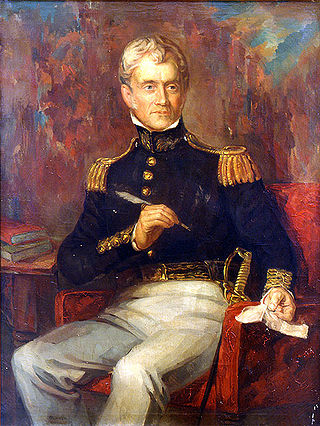
Colonel and Brevet Brigadier General Sylvanus Thayer also known as the "Father of the Military Academy", was an early superintendent of the United States Military Academy at West Point and an early advocate of engineering education in the United States.
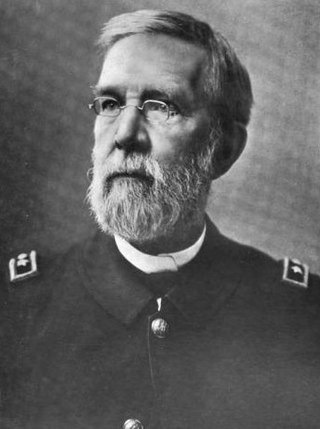
Francis Henney Smith was an American military officer, mathematician and educator. After graduating from West Point and a brief service in the United States Army, he became the first Superintendent of the Virginia Military Institute on its establishment in 1839, and held that post until shortly before his death. His superintendency included the four years of the American Civil War, during which he served as a major general in the Virginia militia and a colonel in the Confederate States Army.
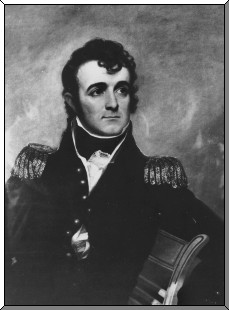
Joseph Gardner Swift was an American soldier who, in 1802, became the first graduate of the newly instituted United States Military Academy in West Point, New York; he would later serve as its fourth superintendent from 1812 to 1814, and as chief of engineers of the United States Army from 1812 to 1818. In 1814, Swift was elected as member of the American Philosophical Society.

Samuel Davis Sturgis was a senior officer of the United States Army. A veteran of the Mexican War, Civil War, and Indian Wars, he attained the rank of brevet major general.

Thomas Howard Ruger was an American soldier and lawyer who served as a Union general in the American Civil War. After the war, he was a superintendent of the United States Military Academy at West Point, New York.

John Caldwell Tidball was a career United States Army artillery officer who served in the United States Horse Artillery Brigade in the Union Army of the Potomac during the American Civil War. After the war, he served as the Commander of the Department of Alaska, the military governor of the region.

Robert Allen was a career officer in the United States Army, serving as a brigadier general during the American Civil War.

Francis Bowditch Wilby was a major general in the United States Army who served as the 39th Superintendent of the United States Military Academy from 1942 to 1945, during World War II.

Thomas West Sherman was a United States Army officer with service during the Mexican–American War and the American Civil War. While some contemporaries mistakenly identified him as the brother of the more famous General William T. Sherman, modern scholarship notes that the two were not closely related.

George Washington Cullum was an American soldier, engineer and writer. He worked as the supervising engineer on the building and repair of many fortifications across the country. Cullum served as a general in the Union Army during the American Civil War, primarily in the Western Theater and served as the 16th Superintendent of the United States Military Academy. Following his retirement from the Army, he became a prominent figure in New York society, serving in many societies, and as vice president of the American Geographical Society. The society named the Cullum Geographical Medal after him.
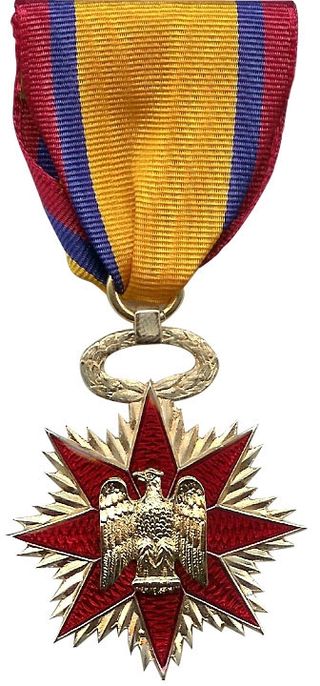
The Military Order of Foreign Wars of the United States (MOFW) is one of the oldest veterans' and hereditary associations in the nation with a membership that includes officers and their hereditary descendants from all of the Armed Services. Membership is composed of active duty, reserve and retired officers of the United States Armed Services, including the Coast Guard, National Guard, and allied officers, and their descendants, who have served during one of the wars in which the United States has or is engaged with a foreign power.

Kenner Garrard was a brigadier general in the Union Army during the American Civil War. A member of one of Ohio's most prominent military families, he performed well at the Battle of Gettysburg, and then led a cavalry division in the army of Major General William T. Sherman during the Atlanta Campaign. He developed a reputation for personal bravery and was cited for gallantry at the Battle of Nashville as an infantry division commander.

Alexander Cummings McWhorter Pennington Jr. was an artillery officer and brigadier general in the United States Army and a veteran of both the American Civil War and Spanish–American War.
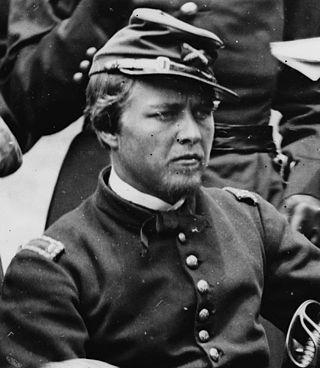
Peter Conover Hains was a major general in the United States Army, and a veteran of the American Civil War, Spanish–American War, and the First World War. He is best known for his engineering efforts, such as the creation of the Tidal Basin in Washington, D.C., and for laying out the Panama Canal.
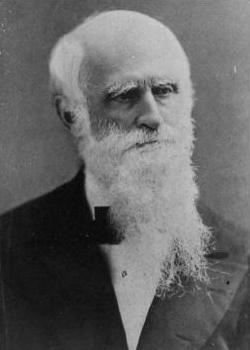
Henry Brewerton was a career engineering officer in the United States Army, serving as the superintendent of the United States Military Academy and then as a colonel in the Union Army during the American Civil War. He was nominated for appointment to the grade of brevet brigadier general in the Regular Army by President Andrew Johnson on December 11, 1866, to rank from March 13, 1865, and the United States Senate confirmed the appointment on February 23, 1867.

Thomas Gamble Pitcher was an American army officer who served as the Superintendent of the United States Military Academy from 1866 until 1870.
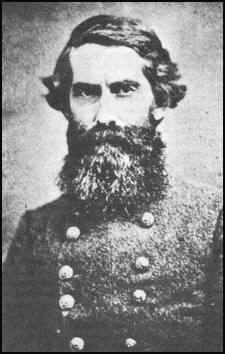
William Henry Talbot Walker was an American soldier. He was a career United States Army officer who fought with distinction during the Mexican-American War, and also served as a Confederate general during the American Civil War. Walker was severely wounded many times in combat, and was killed in action during the 1864 Atlanta Campaign.

Wood's Monument is an obelisk monument in honor of Colonel Eleazer Derby Wood (1783–1814), an engineer officer and early graduate of West Point who died during the War of 1812 at the Siege of Fort Erie on 17 September 1814. Old prints of West Point show this monument located on a knoll near the flag pole. The monument was once used as a navigational aid for ships making the passage down the Hudson River.

























